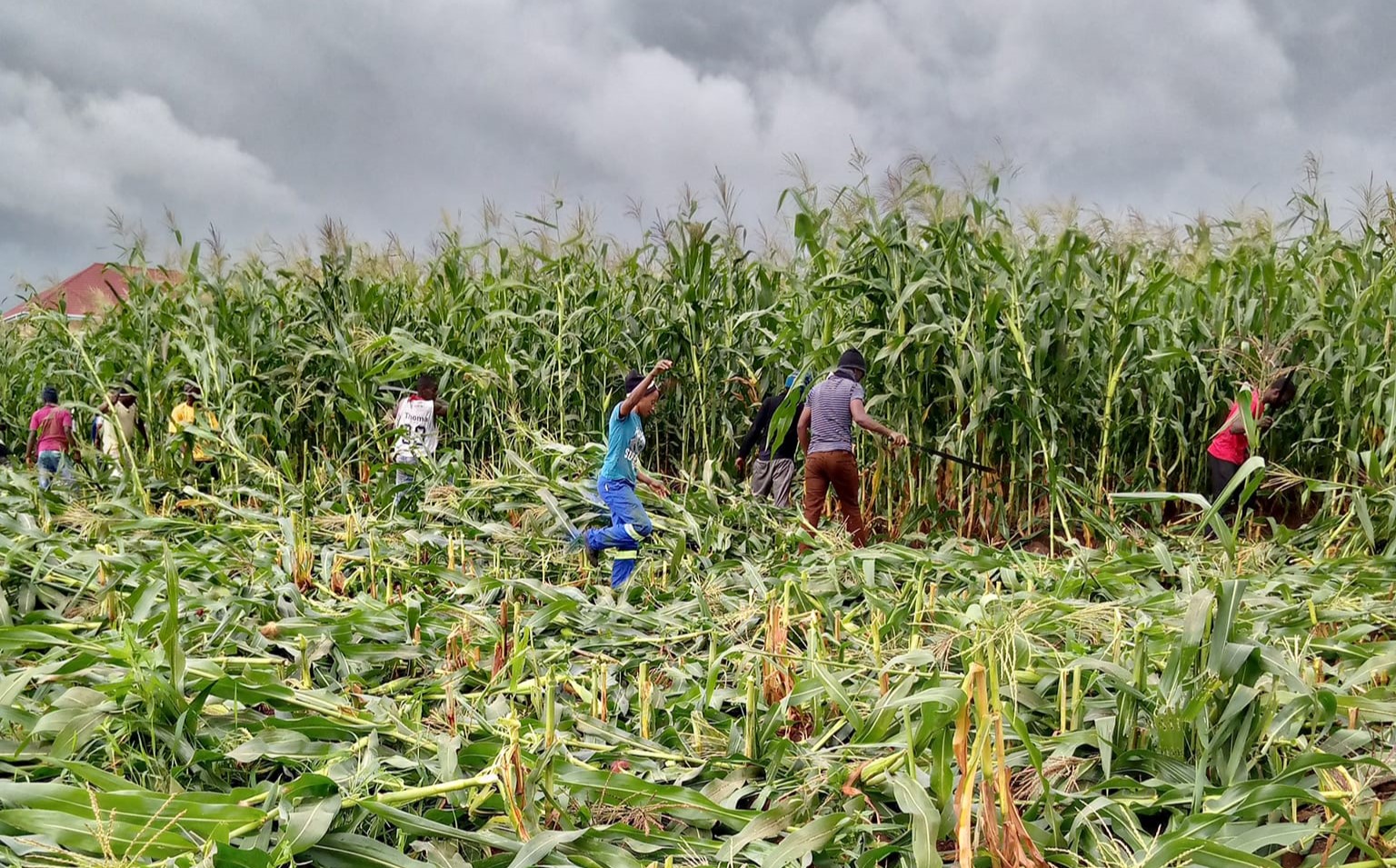MCCCI goofs on LDF
Malawi Confederation of Chambers of Commerce and Industry’s (MCCCI) basis for linking Local Development Fund’s (LDF) additional expenditure to cashgate may have been inaccurate.
In its December 30 press statement, the chamber claimed that because the LDF spent over K15 billion more than the K3.5 billion approved estimate in the 2012/2013 financial year, then this ‘unplanned expenditure’ was “perhaps the birth of cashgate”.
Yet LDF—which pools resources from government and various donors to fund community and council level development projects in a more harmonised manner—does not operate on Ifmis, the financial system that was the conduit of cashgate.
The fund operates on Tompro, a financial management system supplied by a French company and that is used in most World Bank-linked project management agencies.
Further, my analysis of budget documents and exchange rate movements during the financial year in question comes up with two main explanations on how LDF ended up with an outturn of around K19 billion against the approved estimates of K3.5 billion.
First, LDF received additional funds after the 2012/13 budget had already passed. The funds, that were over and above the K3.5 billion approved allocation, were planned to support implementation of the Economic Recovery Plan (ERP). Second, the Fund recorded substantial exchange rate gains as the kwacha depreciated.
In 2012, government launched the ERP to mitigate some of the economic challenges experienced during and soon after the Bingu wa Mutharika administration.
One of the short-term measures under the ERP to cushion the poor against falling further into the poverty trap was the social protection package.
Thus, in August 2012—two months after Parliament passed the 2012/2013 budget—the World Bank approved a credit to Malawi of $50 million (around K13 billion at the exchange rate of 1$ to K260).
The money was for implementation of two social protection programmes—the Public Works Programme (PWP) and the Promotion of the Savings and Investment (Comsip). Of the K13 billion, PWP was allocated K12 billion to provide cash transfers to 593 750 poor and vulnerable households over 48 days at the rate of K300 per person per day to support their consumption and income needs.
Comsip, on the other hand, was allocated K1 billion to promote savings and investment initiatives at community and household levels that would help to put the households on a higher income trajectory.
These resources were transferred directly to the households and communities.
But as the kwacha softened further throughout 2012 on the back of the unit’s devaluation and floatation to average more than K350 to the dollar from K260 at the signing of the World Bank credit, the LDF made exchange rate gains of over $8 million (roughly K3 billion), according to information I have come across from the Ministry of Finance.
The Fund then used the exchange rate gains to extend the PWP to 375 000 more households last year.
Apart from the World Bank money and the exchange rate gains from the same, LDF also received K2.742 billion—also after the budget was approved—from Education Sector Wide approach (ESWAP) to support the construction of school blocks in both urban and rural education districts.
Both of these resources—for social protection and for construction of school blocks— were duly submitted to the National Assembly for ratification during the midyear budget review in March 2013.
The figures were also reflected accordingly as revised estimates in the 2013/2014 Budget Document Number 4, detailed estimates page number 211.
In an interview during the week, LDF executive director Sam Kakhobwe confirmed that the fund received additional resources after the 2012/13 budget was passed.
But Kakhobwe, the veteran and highly regarded public servant who once served as Secretary to the President and Cabinet and was the founding CEO of Masaf—now LDF Technical Support Team—asked me to talk to his operations director Paul Chipeta for specifics.
In a written response, Chipeta corroborated my analysis of the LDF inflows during the period in question.
He added that in the course of the year, the fund regularly publicised in the local media allocations of these resources to various districts and local authorities.
Chipeta added: “If these changes were to form part of cashgate, this transparency could not have been exercised. Let me add that the LDF does not operate on Ifmis, the financial system that is reported to have been abused in cashgate.”
He said LDF submits its financial statements to the National Audit Office and other independent auditors for audit every year.
The audit opinions arising from these statements are submitted to government and donors by December 31 of every year, said Chipeta.
The LDF’s fiduciary management arrangements would also make it hard, if not impossible, for cashgate style pilferage.
This is because apart from not operating on Ifmis, LDF recoups its funding from donors every three months and it submits its Statements of Expenditure (SOEs) with supporting documents to the World Bank before any disbursements could be done.
Thus, if LDF were to be part of cashgate, this could have been discovered immediately because of its rigorous accounting and reporting arrangements. Even disbursements from donors to the fund could have stopped long time ago.
When I asked him to comment on my analysis, MCCCI chief executive officer Chancellor Kaferapanjira said all what the chamber did was to alert the public to the potential abuse that LDF may have been subjected to in the context of cashgate.
“Our LDF suspicions were aroused by the fact that the unplanned expenditure trends at the LDF were similar to those in other government agencies, departments and ministries,” he said.
The Chamber chief also faulted the LDF Technical Support Team, the fund’s secretariat, for not communicating effectively on the additional resources that came after the budget was approved.
Well, MCCCI would have served all of us better if it had bothered to study budget documents more intimately.



